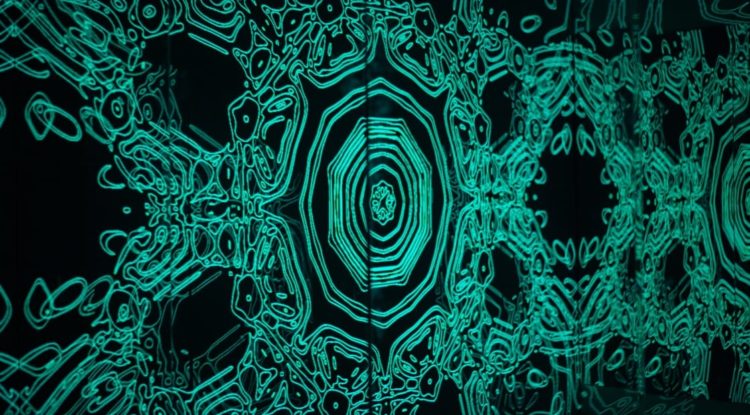For this week’s LO, I was inspired by Adrien Kaeser’s “Weather Thingy” (2018), which is a unique sound controller that utilizes real-time climate data to control and produce music. The device consists of a weather station with 3 climate sensors (a rain gauge, wind vane, and anemometer) that is connected to a custom-built controller. The controller has an interface that enables it to assign the parameters received to audio effects, translating the climate data into midi data for interpretation by musical instruments.
I enjoyed learning about this project because of how it functions in real-time using sensors that collect and interpret data to produce new and different sounds. I thought that the music in the video was very calming and nice to listen to. I’m curious about what sounds would be produced by different types of weather, such as a heavy rain/storm or hot, dry day.

![[OLD FALL 2020] 15-104 • Introduction to Computing for Creative Practice](https://courses.ideate.cmu.edu/15-104/f2020/wp-content/uploads/2021/09/stop-banner.png)







